We engage our students in issues that directly benefit Georgia communities.
CED is involved in a wide variety of outreach activities as part of our classes, studios, and research. Here are a few of the projects that speak to what we do best:
CED is involved in a wide variety of outreach activities as part of our classes, studios, and research. Here are a few of the projects that speak to what we do best:
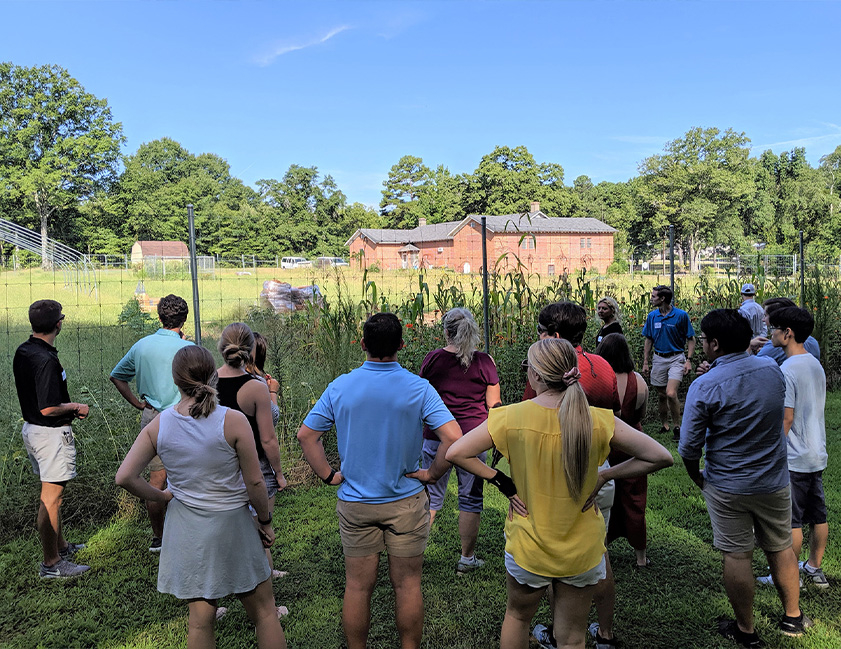
CED has been a leader in improving quality of life issues for rural Georgia communities for over 50 years. Therefore, we were well poised to join a community-engaged research team led by our colleagues at the College of Public Health, the College of Agriculture and Environmental Science, and Cooperative Extension in an initiative called “Healthier Together.” Landscape architecture students are working in five rural Georgia counties to develop design solutions the communities need to combat high rates of obesity, such as access to healthy foods through community gardens and more opportunities for exercise through sidewalks and bike paths to daily destinations.
CED has been a leader in improving quality of life issues for rural Georgia communities for over 50 years. Therefore, we were well poised to join a community-engaged research team led by our colleagues at the College of Public Health, the College of Agriculture and Environmental Science, and Cooperative Extension in an initiative called “Healthier Together.” Landscape architecture students are working in five rural Georgia counties to develop design solutions the communities need to combat high rates of obesity, such as access to healthy foods through community gardens and more opportunities for exercise through sidewalks and bike paths to daily destinations.

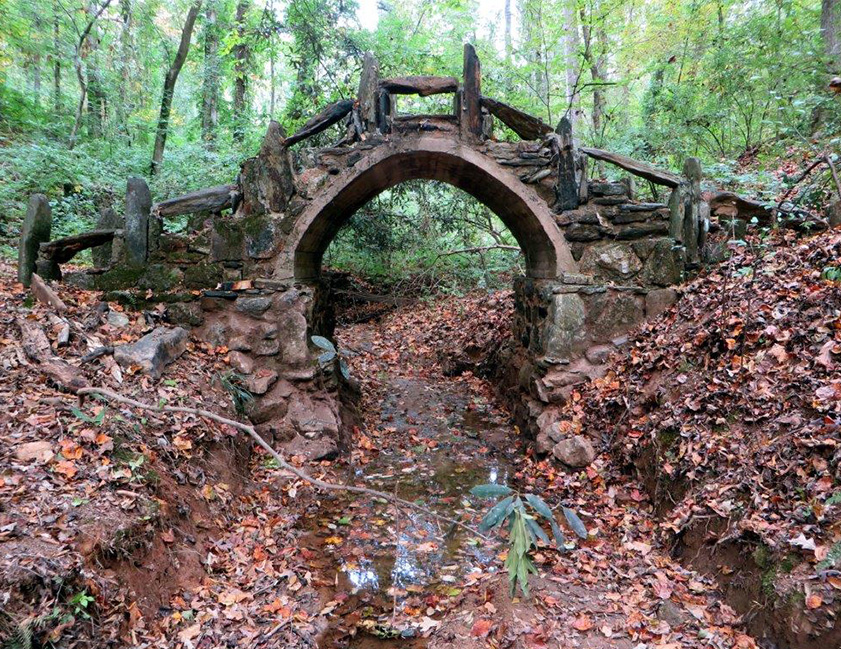
Our Historic Preservation students develop an appreciation for the”big picture” of entire cultural landscapes, exploring how our society may best sustain America’s most treasured sites. Professor Cari Goetcheus led a community-engaged research effort for Beech Haven, the rustic turn-of-the-century retreat hidden away on over 100 acres right off of busy Atlanta Highway in Athens, GA. Her students’ oral histories, documentation, and mapping of important features – such as the stone pagoda lanterns, unique camelback bridge, and the Summer House – helped cement Beech Haven as one of only two important Arts & Crafts landscapes in Georgia. This work supported efforts by local partners to secure this regional treasure as protected park space and a retreat for the public.
Our Historic Preservation students develop an appreciation for the”big picture” of entire cultural landscapes, exploring how our society may best sustain America’s most treasured sites. Professor Cari Goetcheus led a community-engaged research effort for Beech Haven, the rustic turn-of-the-century retreat hidden away on over 100 acres right off of busy Atlanta Highway in Athens, GA. Her students’ oral histories, documentation, and mapping of important features – such as the stone pagoda lanterns, unique camelback bridge, and the Summer House – helped cement Beech Haven as one of only two important Arts & Crafts landscapes in Georgia. This work supported efforts by local partners to secure this regional treasure as protected park space and a retreat for the public.

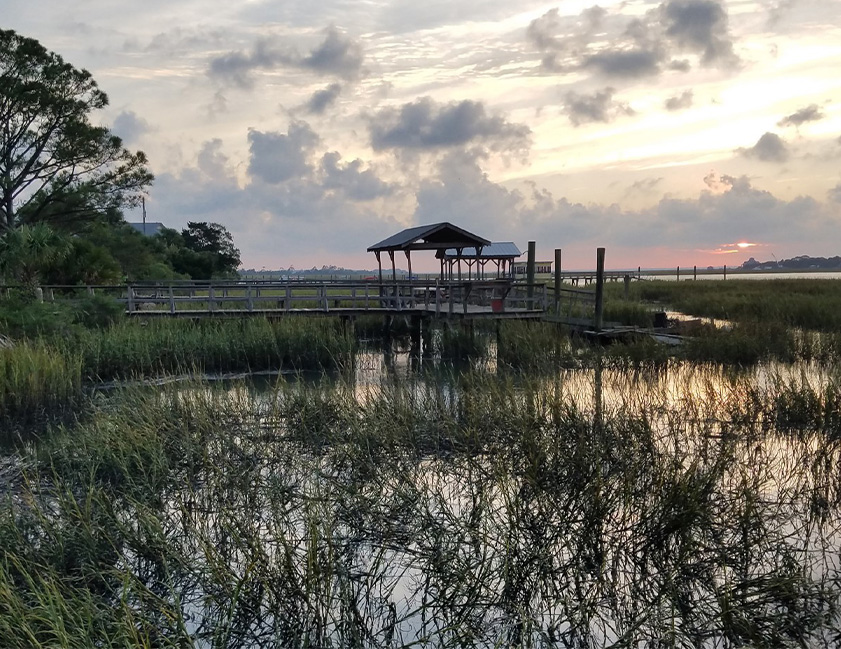
CED faculty and students are working to increase environmental resiliency on the Georgia coast in a variety of ways. Our planning students had the opportunity to collaborate with MAREX and the Carl Vinson Institute of Government on a sea-level rise Adaptation Plan for Tybee Island to identify how more frequent coastal flooding affects low-lying homes and roads, and present adaptation strategies. Two landscape architecture studios used the strategies of this larger plan to develop site-scale design that sought to balance conservation, recreation, and development to inform future planning efforts. A partnership between CED and the Coastal Regional Commission has our planning students and faculty conducting research and analysis on the protected saltmarsh of St. Catherine’s Island to see how it is responding to the early stages of man-made development.
CED faculty and students are working to increase environmental resiliency on the Georgia coast in a variety of ways. Our planning students had the opportunity to collaborate with MAREX and the Carl Vinson Institute of Government on a sea-level rise Adaptation Plan for Tybee Island to identify how more frequent coastal flooding affects low-lying homes and roads, and present adaptation strategies. Two landscape architecture studios used the strategies of this larger plan to develop site-scale design that sought to balance conservation, recreation, and development to inform future planning efforts. A partnership between CED and the Coastal Regional Commission has our planning students and faculty conducting research and analysis on the protected saltmarsh of St. Catherine’s Island to see how it is responding to the early stages of man-made development.

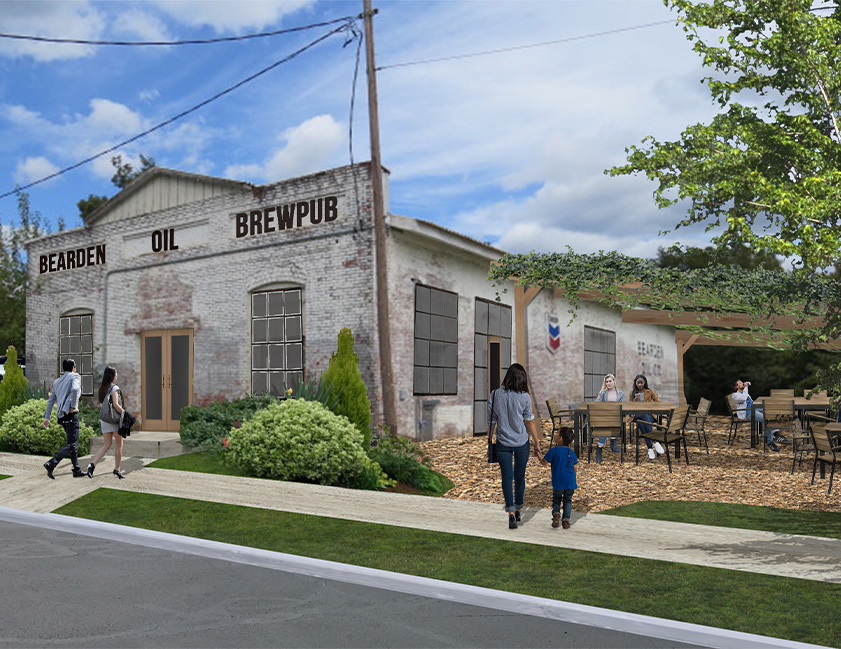
CED’s most well-known outreach program is our community design charrette model. These multi-day workshops can be used to begin solving a variety of community concerns, such as downtown revitalization, corridor planning, parks and recreation, and environmental management. A recent charrette involved all of these issues! CED helped Hawkinsville envision a brewpub as part of their downtown revitalization strategy with solutions that reused their historic industrial buildings and upgraded the neglected riverfront park to include outdoor recreation – all qualities that brewpubs seek.
CED’s most well-known outreach program is our community design charrette model. These multi-day workshops can be used to begin solving a variety of community concerns, such as downtown revitalization, corridor planning, parks and recreation, and environmental management. A recent charrette involved all of these issues! CED helped Hawkinsville envision a brewpub as part of their downtown revitalization strategy with solutions that reused their historic industrial buildings and upgraded the neglected riverfront park to include outdoor recreation – all qualities that brewpubs seek.

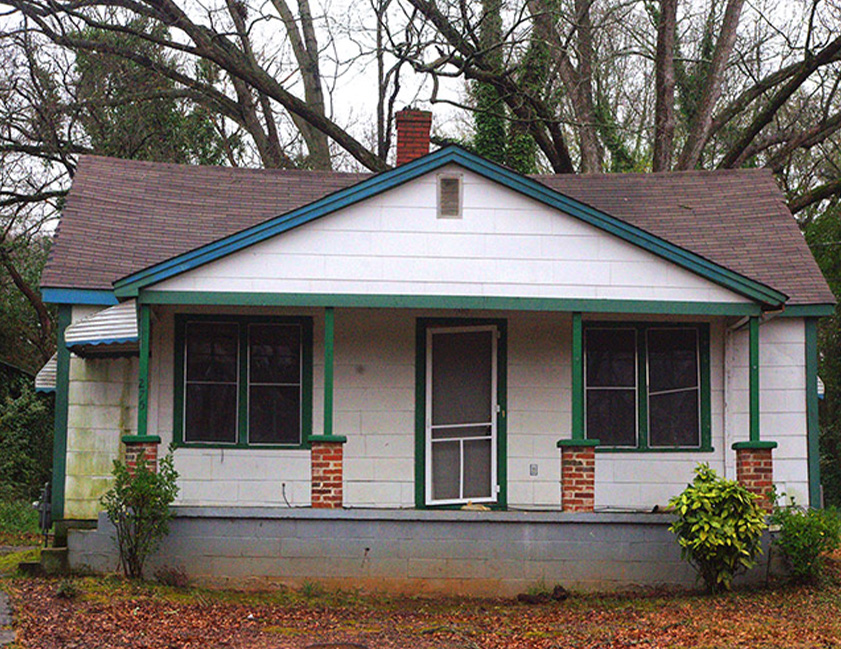
The Athens Land Trust and the Athens Housing Authority partnered with CED to explore community-driven revitalization opportunities for the Rocksprings neighborhood, one of the earliest settlements of freed African Americans in Athens. The goal of this comprehensive planning process was to conduct meetings and interviews in order to collect input from residents and community partners that would inform a revitalization plan for the neighborhood and the West Broad school site. CED used service-learning studios and a charrette to create a plan for targeted areas of improvement, action items, and decision-making tools for the neighborhood.
The Athens Land Trust and the Athens Housing Authority partnered with CED to explore community-driven revitalization opportunities for the Rocksprings neighborhood, one of the earliest settlements of freed African Americans in Athens. The goal of this comprehensive planning process was to conduct meetings and interviews in order to collect input from residents and community partners that would inform a revitalization plan for the neighborhood and the West Broad school site. CED used service-learning studios and a charrette to create a plan for targeted areas of improvement, action items, and decision-making tools for the neighborhood.

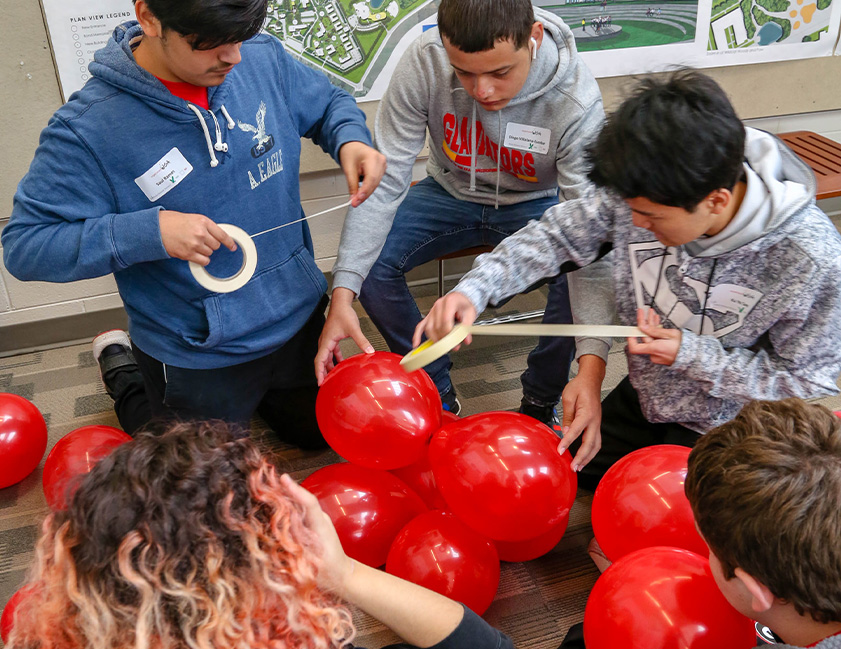
CED hosts field trips for local tenth-graders to showcase landscape architecture and environmental design through the “Experience UGA” program – a partnership between the Clarke County School District (CCSD) and the UGA Office of Service Learning. These trips serve about 400 local sophomores per year. Our undergraduates lead three learning modules that highlight the best aspects of landscape architecture studies – studio life and creative problem-solving in a team, hand graphics and improving outdoor spaces, and plant communities and campus design.
CED hosts field trips for local tenth-graders to showcase landscape architecture and environmental design through the “Experience UGA” program – a partnership between the Clarke County School District (CCSD) and the UGA Office of Service Learning. These trips serve about 400 local sophomores per year. Our undergraduates lead three learning modules that highlight the best aspects of landscape architecture studies – studio life and creative problem-solving in a team, hand graphics and improving outdoor spaces, and plant communities and campus design.

At the end of each semester, the College of Environment and Design hosts Critique Week, a multi-day event showcasing student work from the semester. This fall, Critique Week was held on Dec. 4 and 5 and featured 28 guest […]
UGA’s FindIt program partnered with the Northeast Georgia Regional Commission to survey Monticello’s historic district, documenting 400 properties.
MLA student Megan Janssen, BLA ‘24, wants to know how landscape architects find their way to the profession, starting with College of Environment and Design students. One of few to […]
This summer, another class of Master of Historic Preservation students entered FindIt, a state-wide cultural resource survey program created to help document historic resources throughout Georgia and facilitate their preservation. […]